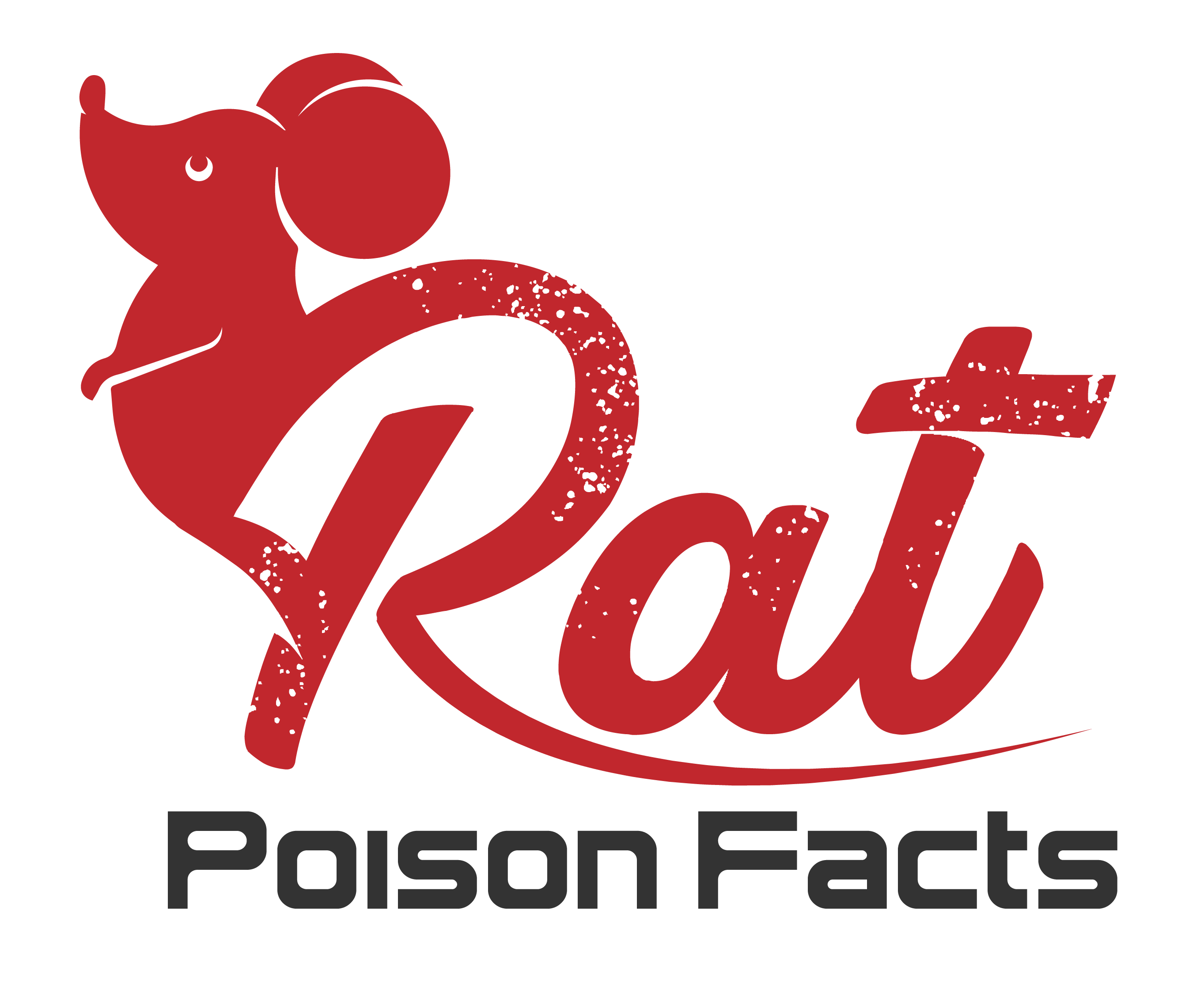
If you are considering using rat poison, then you will need to take the time to figure out which one works the best for your particular situation. There are three main categories of rat poisons, usually anticoagulants, metal phosphides, and hypercalcemia. You may also hear other ways of categorizing rat poisons, but most fall into one or more of those categories.
Anticoagulants

Anticoagulants are among the most popular type of rodenticides. There are three types of anticoagulants, with first generation ones requiring multiple doses, second generation ones requiring just one dose, and chronic ones typically taking one or two weeks for death to occur.
Most anticoagulants work in a similar way, blocking the rat’s vitamin K cycle. This makes it impossible for the rodent to produce crucial blood-clotting factors, mostly the coagulation factors VII and II, prothrombin and proconvertin, respectively.
Some varieties of this type of poison will also include large doses of indandione, 4-thiochromenone, and 4-hydroxycoumarin anticoagulants. These anticoagulants lead to damage to the capillaries, specifically leading to internal bleeding by increasing permeability.
When using anticoagulants, the effects of the poison are gradual. At the end, the rodent dies from severe anemia or hemorrhagic shock. The pain and suffering associated with the rodent’s death from anticoagulant poisons leads to some questions as to whether they are humane.
One of the biggest reasons that anticoagulant poisons are popular is the delay in causing death and sickness. This means that the rodents are unlikely to associate consuming the poison with their death.
As you explore anticoagulants, you will notice that there are first and second generation ones. First generation ones require larger concentrations, intake over multiple days, and have shorter half-lives. They are also less toxic.
Second-generation anticoagulants are much more toxic and usually have lower concentrations in baits despite being lethal with just a single consumption. Importantly, second generation anticoagulants work against the rodents that are resistant to the first generation ones.
If humans or pets accidentally ingest anticoagulant poisons, vets and doctors have suggested using vitamin K. This treatment has worked in some cases. Additionally, a blood transfusion can frequently save a person who accidentally ingests this poison.
Hypercalcemia
Hypercalcemia rodenticides refer to using vitamins D3 and D2, cholecalciferol and ergocalciferol, respectively, as poisons. Both of these vitamins affect the body’s homeostasis of phosphates and calcium, making them crucial for humans and toxic for rodents in large quantities.
Animals need the vitamins D, but in minute quantities that are just several IUs (a fraction of a milligram) per kilogram of their body weight. As a fat-soluble vitamin, the vitamins D are toxic when consumed in larger doses. In severe cases, consuming too much of these vitamins D can lead to hypervitaminosis, which can cause death in high doses.
Hypercalcemia poisons are single dose and can be cumulative. When used alone, doses of 0.075 percent cholecalciferol or 0.1 percent ergocalciferol will kill the rodent.
In rodents, consuming these baits leads to hypercalcemia, which is too high of a calcium level. This occurs via increasing the absorption of calcium from food and converting bone-matrix-filled calcium to ionized form, which will then dissolve in the rat’s blood plasma.
After rodents consume a lethal dose of these vitamins, the levels of free calcium are high enough to cause calcification or mineralization of the lungs, stomach wall, kidneys, and blood vessels. This refers to the formation of calcium crystals. It also leads to heart problems since the myocardial tissue has sensitivity to free calcium.
Metal Phosphides
Metal phosphides are fast acting rodenticides as they typically kill the rat after it only ingests a single dose. Death typically occurs within one to three days. Zinc phosphide is among the most common versions of metal phosphides used for rat poison. It is left out and combined with food.
When the rodent digests the metal phosphide, the acid within its digestive system interacts with the phosphide, creating phosphine gas, which is toxic.
In addition to the use of zinc phosphide as a bait, aluminum phosphide, calcium phosphide, and magnesium phosphide can be used as fumigants.
There are several reasons that metal phosphides are popular. They are especially common in areas where the rats have already developed a resistance to anticoagulants. People also appreciate that zinc phosphide bait tends to be cheaper than second generation anticoagulants.
In the case of zinc phosphide, it typically appears in concentrations between 0.75 and 2.0 percent. The phosphine that hydrolysis liberates tends to create a strong garlic-like odor in the bait. This odor typically repels other animals while not doing so for rats.
Sometimes, the pellets or tablets may contain additional chemicals. The presence of ammonia, for example, can reduce the risk of the phosphine gas spontaneously combusting.
Rodenticides Are Frequently Combined
It is common to use one type of rodenticide first and then switch to another afterwards to help completely eradicate the rodent population.
For example, you could use anticoagulants and after a bit, switch to zinc phosphide to take care of the rodents that are resistant to the anticoagulant.
It is also important to know that anticoagulant and calciferol rodenticides are synergistic. In other words, when combined in a single bait, the resulting poison is more toxic than the combination of the separate toxicities. This allows rodenticide manufacturers to reduce the quantities of each key component without reducing effects.
Some People Use Low Toxicity Rodenticides
There is also a growing trend of low toxicity rodenticides, which do not contain any of the above chemicals. These instead rely on corn meal gluten, powdered corn cob, or similar substances.
Should You Use Rodenticides?
Before using any rodenticide, ensure that you evaluate your other options as well. Rodenticides can potentially put your health or that of your family and pets at risk, it can be bad for the environment, and it can cause unnecessary suffering. Additionally, poisoning rats leaves you with the problem of figuring out where they die before they begin to decay and smell.
